
Key Highlights
- Learn the basics of nonprofit grant proposals and why they are important for getting funds.
- This guide breaks down the process of writing a grant proposal into simple steps.
- Discover tips to help your proposal shine, like customizing it for different funders.
- Check out tools and tech that can help you with grant writing.
- Find answers to common questions about finding grant opportunities and writing strong proposals.
Introduction
Nonprofit grant writing is important for getting funding and growing your organization’s impact. Finding a good grant writer and creating an effective grant proposal can decide whether you get the funds you need or miss out on chances. This detailed guide gives you easy steps to help your nonprofit succeed in this process.
Understanding the Basics of Nonprofit Grants
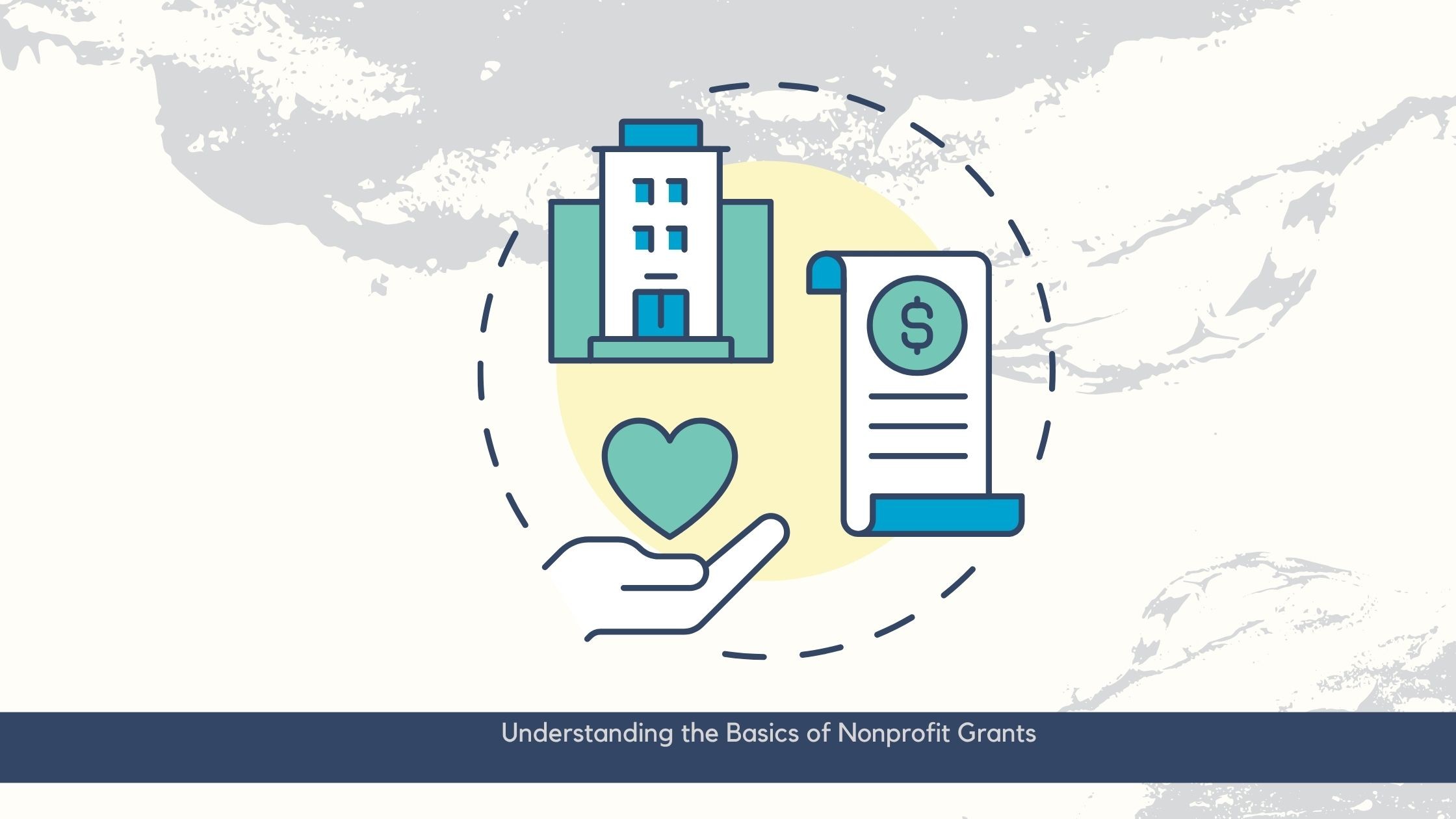
Before you start writing a grant proposal, it’s important to understand some basic ideas about nonprofit grants. Knowing what grants are, the types there are, and why they matter for nonprofits is the first step to raising funds successfully.
Grants are funds that do not need to be paid back. They are given by the government, companies, or foundations to help with specific projects or aims. For nonprofits, grants are very important. They allow these organizations to work on their missions, run important programs, and make good changes in their communities.
What are Grants and Why are they Essential for Nonprofits?
Grants are an important way for nonprofits to get funding. They help these organizations bring their big ideas to life. For many nonprofits, getting grant funding is key to staying alive. It gives them the resources to work well and stay strong in the long run.
Grants are better than loans because you don’t have to pay them back. This makes them a great choice for funding. However, getting grants takes smart planning. It involves finding good grant opportunities, knowing what the funders want, and writing strong proposals that match those needs.
This is why having skills in nonprofit grant writing is very important. A good grant proposal tells everyone about the organization’s mission. It explains why the project is needed, provides a detailed action plan, and shows that the organization can use the money wisely and effectively.
Exploring Different Types of Grants Available to Nonprofits
Nonprofits can find many grant opportunities. Each opportunity has its own rules and needs. It is important to know these differences to pick the best funding sources for your organization.
Federal government grants are usually large. They help with many public programs, like scientific studies and social services. Private foundation grants are usually smaller. These grants often focus on specific causes or areas.
Many companies also give grants as part of their charitable work. These corporate grants often match the company’s social responsibility goals or field. It is a good idea to research and understand the details of each grant type. This can help you get funding more easily.
Preparing Your Nonprofit for Grant Applications
Preparing your nonprofit for grant applications is very important. First, before you look for funding, check how ready your organization is. Make sure you understand the grant seeking process.
This means you need to evaluate how well your organization can handle grant funds. You should have the right tools in place and make sure your project goals match what the funders are looking for. A well-prepared organization has a better chance of writing strong applications and getting grant funding.
Assessing Your Nonprofit’s Readiness for Grant Seeking
- Start by looking closely at your organization’s mission, programs, and money matters. Make sure your programs match your mission and show you have done well in the past. A strong mission statement is key to attracting funders who believe in your values.
- Review your current fundraising plan. Find any gaps in your funding. Check how much of your budget relies on grants and think about ways to get more funding sources. Depending too much on grants can be risky if you lose one.
- Look at your ability to write grants. Do you have staff who know how to write good applications, or do you need training in grant writing? You could also hire a professional grant writer if needed.
Identifying Grant Opportunities: Tools and Resources
Identifying the right funding opportunities is crucial for successful grant applications. Utilize available tools and resources to streamline your search. Search engines are readily available tools to help you locate potential funders and grant opportunities. Explore foundations, government agencies, and corporations known to support organizations similar to yours.
Numerous online resources specialize in providing information about grant funding. Websites like GrantWatch, Foundation Directory Online, and Grants.gov offer databases of funding opportunities, making your search more efficient. Subscribe to newsletters, set up alerts, and regularly check these websites for new postings.
| Resource | Description |
| Grants.gov | The U.S. government’s primary source for finding and applying for federal grants. |
| Foundation Directory Online | A comprehensive database of private foundations and their giving interests. |
| GrantWatch | Aggregates and updates information on available grants from various sources. |
Introducing Grant Proposals: The Gateway to Grant Funding
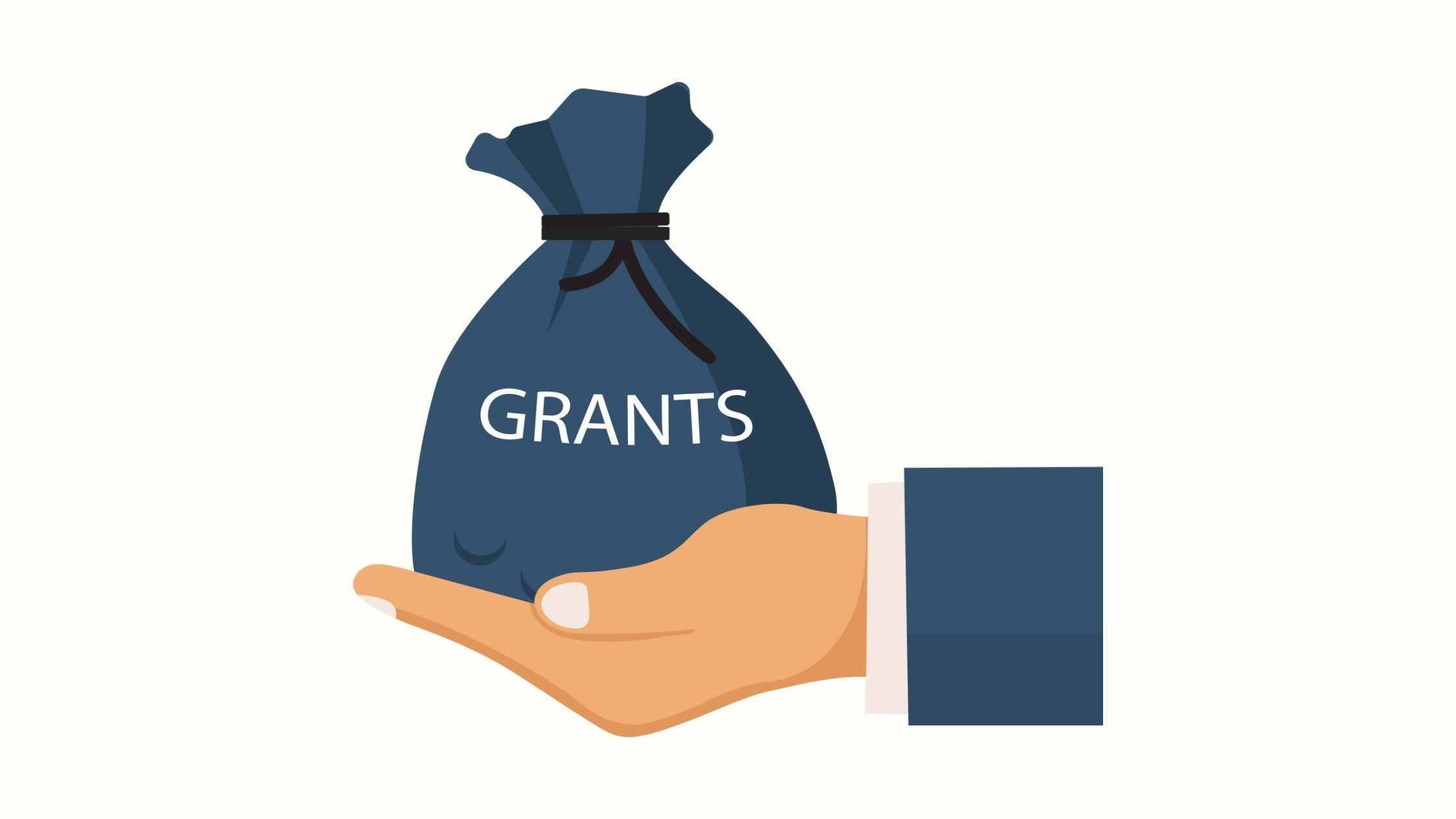
A grant proposal is the key to getting grant funding for your nonprofit. It enables you to explain why your project is important and how it can have a tangible impact. You should demonstrate why your organization is the ideal choice for making a positive impact.
A well-crafted grant proposal will help funders better understand your project. It shows them why it is valuable and why your organization can execute it effectively. Think of it as a carefully prepared pitch that can turn your organization’s dreams into reality.
The Role of a Grant Proposal in Securing Funding
A winning proposal is more than just listing your needs. It tells a clear and engaging story that connects with the funder’s goals. It gives a clear picture of your project, explaining its goals, methods, and expected results.
This shows that you have done your research and really understand what matters to the funder. You can match your project with what they care about. A strong cover letter is important. It creates the first impression and sums up the main points of your proposal.
Also, a grant proposal should have a clear plan for how you will use the funds you are asking for. This helps show you are responsible and open. Keep in mind that funders get many applications. Your proposal needs to stand out and make a strong impact.
Key Components of a Successful Grant Proposal
A good grant proposal has important parts that work together to make a strong case. Start off with a clear executive summary. This should give a brief idea of your project and the funding you need.
Next, the statement of need should explain the problem your project will tackle. Use data and strong stories to show why this issue matters. In the project description, be specific about your goals, activities, and what you expect to achieve.
Lastly, include a realistic proposal budget. This budget should show your expenses clearly. It helps to show that you are responsible with money. Make sure your budget fits your project’s goals and explains how you will use the money to make a positive impact.
Step-by-Step Guide to Writing a Grant Proposal
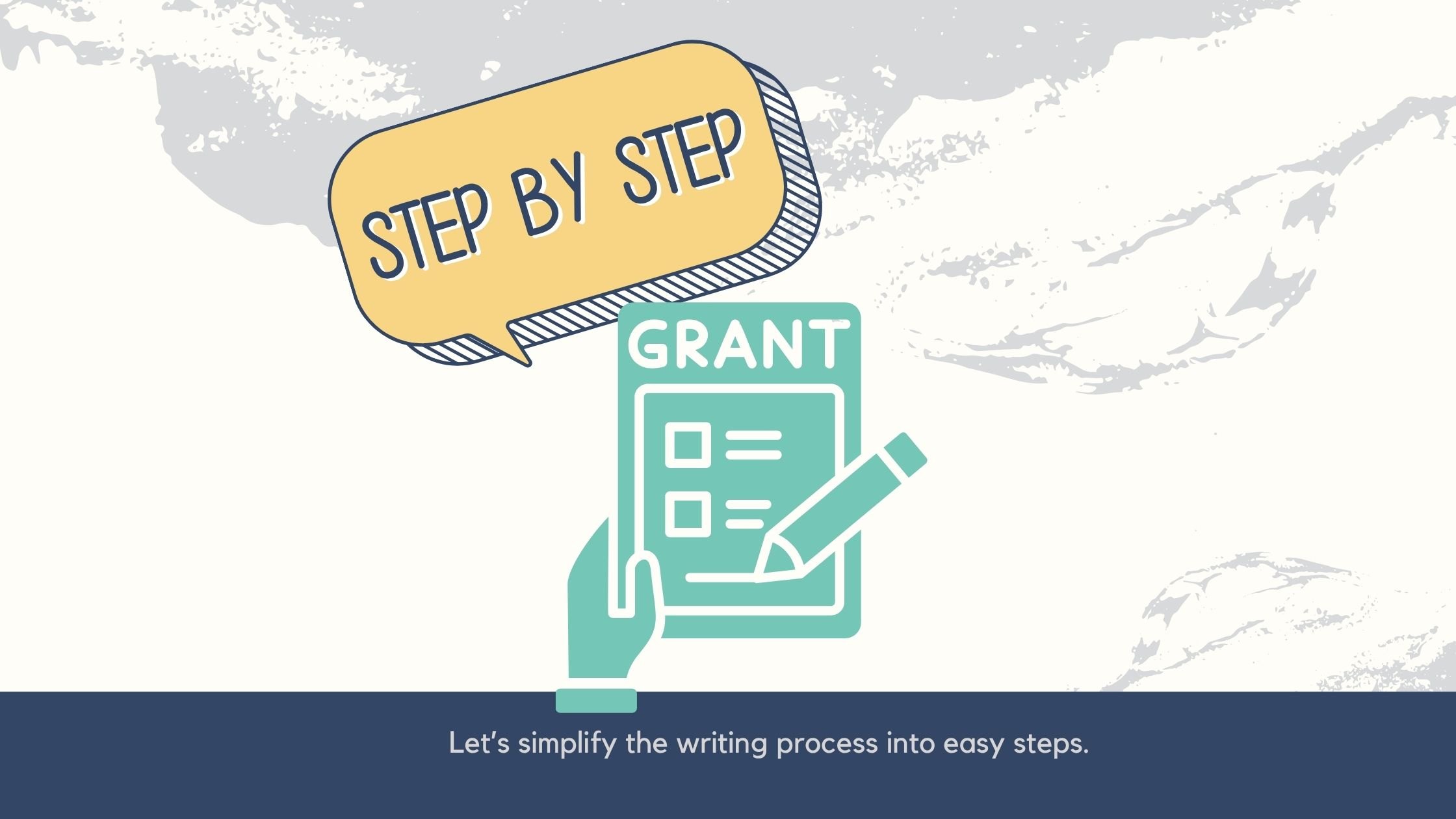
Now that you know how important a grant proposal is, let’s simplify the writing process into easy steps. By being smart about this task, it can feel easier and improve your chances of making a winning proposal.
Keep in mind to adjust your proposal to fit each funder’s rules and needs. Make sure your writing is clear, short, and convincing.
Step 1: Crafting a Compelling Executive Summary
The executive summary is the first thing people see in your grant proposal. You can think of it like a quick pitch that grabs the funder’s interest and makes them want to read more. Even though it is at the start of your proposal, it is usually written after you finish the other parts.
Using a grant proposal template can help guide you, but you need to adjust it to fit your specific needs. Look at proposal examples to get ideas and learn how to share your message well.
The executive summary should clearly summarize what your organization does, the problem you want to solve, your project’s goals, and how you will use the funding. It is important to keep it interesting, clear, and short. Avoid using complicated words or technical terms.
Step 2: Defining the Statement of Need with Clarity
The statement of need is very important for your grant proposal. It answers a key question: why does your project matter? This part needs a strong story that explains the problem you want to fix.
Do not use unclear language or broad ideas. Instead, share specific information, numbers, or real-life examples that show how serious and urgent the problem is. For example, instead of saying your organization needs money for “operating costs,” say exactly how much money you need to offer a certain service to a specific number of people.
By showing the depth of the need and what might happen if nothing is done, you create a sense of urgency. This also helps show how your project can make a big difference with the support of the funder.
Step 3: Outlining Clear Goals and Objectives
After saying why the project is needed, change to talking about the solutions you suggest. This part of your grant proposal explains your project’s goals and objectives clearly. Successful applications have specific goals that are measurable, achievable, relevant, and time-bound (SMART).
Make sure to explain what you want to achieve with the funding and how these achievements will help solve the problem mentioned in the statement of need. Split bigger goals into smaller, manageable objectives.
Doing this shows a clear plan of action. It also shows that you can get real results. Remember, funders want to invest in projects that promise measurable outcomes and lead to positive change.
Step 4: Presenting Your Program’s Design and Implementation Plan
Now that you have shared your goals, it’s time to explain how you will make your project happen. A clear plan shows the steps and activities you will take to reach your goals.
Go through each step, the tools you need, and when things will happen. For example, if your project includes educational workshops, explain the topics you will cover, who the audience is, how often the workshops will take place, and where they will be held.
Talk about your organization’s history with similar projects. Show how your experience helps you manage this project well. Link your organization’s skills and past successes to this project to show that you can deliver what you promise.
Step 5: Detailing the Evaluation Strategy
Funders want to be sure that their money will bring good results. To get a successful grant application, you need to have a clear plan to check progress and see how well the project is working.
You should lay out the ways you will gather data and measure how successful the project is. Will you use surveys, focus groups, pre-tests, and post-tests, or a mix of these methods? Make sure to explain why you chose these specific methods and how they fit with your project goals.
Remember, you are not just asking for a lot of money. You are also showing that you care about being accountable and clear. This means you will show how you will check the project’s success and make sure it gets the results you want.
Step 6: Developing a Comprehensive Budget Plan
The proposal budget is not just a simple list; it shows how well you understand the project’s costs and your skills in managing money. Make sure your budget matches what your project needs and has a clear reason for each expense.
Sort your expenses in a sensible way. Keep direct costs separate from indirect costs. Label each item clearly and explain any costs that might seem unclear.
Create a budget that is realistic and reflects the actual costs of your project. Don’t overstate your budget, but also feel free to ask for the right amount of money. If needed, include a small extra amount for unexpected costs. This shows good planning and foresight.
Enhancing Your Proposal: Tips and Strategies
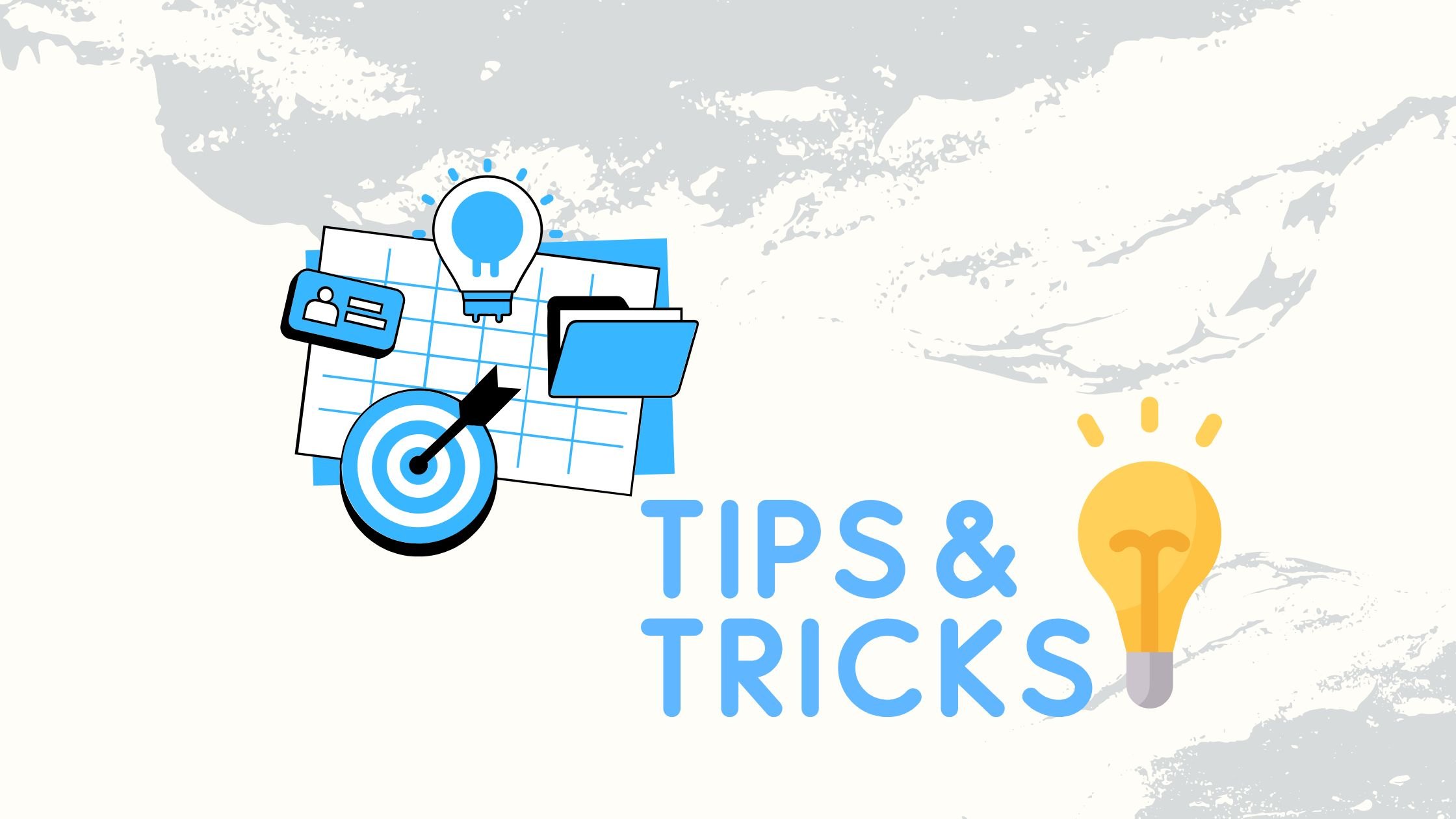
Creating a successful grant proposal is not just about adding the required parts. It’s about showing your project in a way that makes it stand out. Here are some tips and strategies to improve your proposal and boost your chances of getting funding.
How to Make Your Proposal Stand Out
To make your proposal shine, don’t just list facts and figures. You should also connect with the funder on an emotional level. Use storytelling techniques. Create strong stories that show the impact of your organization.
For instance, the Kennett Area Senior Center shared a case study about how their services helped a senior citizen who was feeling lonely. Personal stories like this touch grantmakers’ hearts and show the real difference your work makes.
Also, it is important to mention your organization’s sustainability plan. Tell them how the project will keep making an impact even after the grant funding ends.
The Importance of Tailoring Proposals to Each Funder
While it may be easy to use the same funding proposal template for many applications, it’s important to customize your proposal for each funder. Different foundations have different goals and interests.
Take time to research each funder carefully. Make sure your proposal matches their mission, values, and funding rules. Focus on the parts of your project that connect with their specific interests.
For example, if a foundation cares about projects that support environmental sustainability, talk about how your project helps the environment. Show that you understand their priorities. This will make your funding proposal stronger and more convincing.
Before You Submit: Final Checklist and Review Process
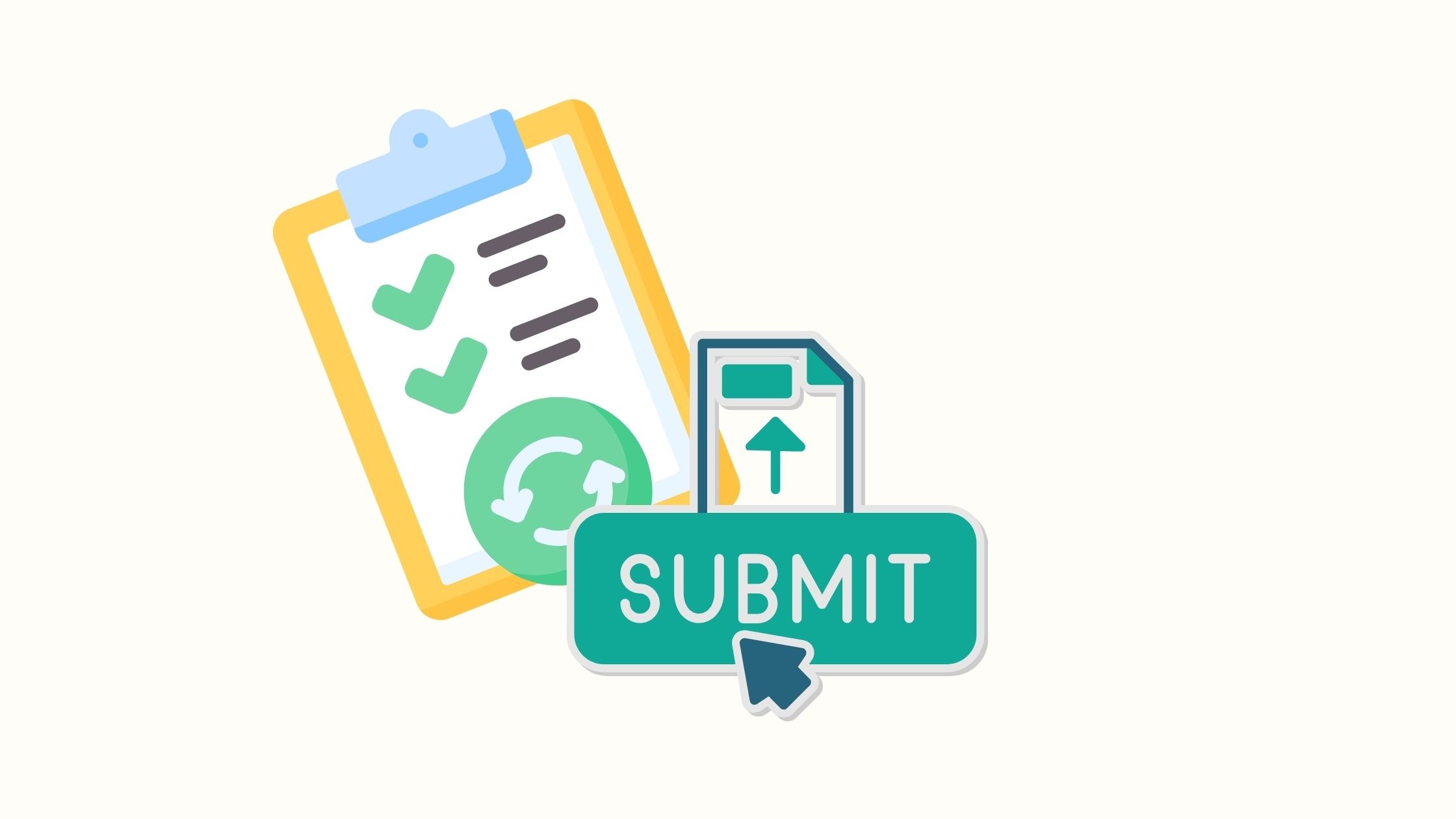
Before you submit your grant proposal, take time to review it carefully. This helps you find any important details you might miss. This step is key to spotting mistakes, improving your message, and making sure your proposal stands out.
Give this stage the same attention as the writing process itself.
Ensuring Compliance with Grant Requirements
Compliance with grant rules is very important. Before you send your proposal, carefully check the funder’s guidelines. Make sure you follow all the instructions. This includes looking at formatting rules, page limits, font sizes, and any required attachments.
Check all deadlines to make sure you submit your application on time. Submissions that are late are usually rejected without notice. If this is your first time applying for a grant from this funder, pay special attention to their needs.
Keep in mind that funders might have unique rules about budget details, reporting timelines, or other parts of managing the grant. Not following these rules can hurt your chances of getting the grant.
Seeking Feedback and Making Necessary Adjustments
Getting feedback from others is very important when reviewing your work. You should ask your colleagues, board members, or volunteers to take a look at your proposal and give their honest opinions. Pick people who can offer useful advice and help you find areas that need improvement.
Be ready to accept helpful criticism and make changes if needed. Remember, new viewpoints can often spot mistakes or highlight places where your message can be better. Don’t hesitate to revise your proposal several times based on the feedback you get.
Think about asking someone who doesn’t know your organization to read your proposal too. Their thoughts can help you see where your message may be unclear or where complicated words need to be changed.
Leveraging Technology in Grant Writing
In today’s digital world, nonprofits can use technology to make grant writing easier. This includes everything from research to working together. Using online tools and resources can help save time, cut down mistakes, and improve the quality of your grant proposals.
There are many software programs and online platforms made just for grant writing. These tools offer features like proposal templates, budget calculators, and ways to collaborate. Check out these options to find the best tools for your organization’s needs and budget.
Tools and Software That Can Simplify the Grant Writing Process
Many tools can make grant writing easier. They let you spend more time on your writing and less time on formatting or keeping track of deadlines. Grant management software often offers:
- Proposal Templates: These templates help you organize your ideas. They ensure you don’t miss any important parts of a good grant proposal.
- Budget Calculators: These tools help you create clear and correct budgets. This way, you can avoid making math mistakes.
- Collaboration Tools: If you’re in a team, these features support easy teamwork, keeping track of changes, and getting feedback in real time.
There are also many free online resources for nonprofits. These include sample documents, style guides, and tips for writing proposals. Use these tools to improve your grant writing skills and learn from successful grant proposals.
Utilizing Online Resources for Research and Collaboration
Online resources have a lot of useful information for nonprofits that want grant funding. You can use search engines and special websites to find grant opportunities and discover possible funders. Websites like GrantStation and Philanthropy News Digest share updates on grant opportunities often.
Many online tools also give you access to helpful information. This includes sample grant proposals, templates for funding proposals, and articles or webinars about good practices for nonprofit grant writing.
Also, consider using online teamwork tools like Google Docs and project management software. These can help if many people are working together on the grant proposal. Such tools let everyone work on the proposal at the same time, making it easier to communicate and improving overall productivity.
Conclusion
Writing a strong grant proposal is very important for nonprofit organizations that want to get funding. You should follow a clear plan and include important parts. This means having a statement of need, clear goals, and a detailed budget. This way, you can boost your chance of getting grants. Make sure to customize your proposals for each funder. It helps to ask for feedback to make them better. Using technology can also make the grant writing process easier. It is essential to meet all grant requirements and do a careful review before you send in your application. Stay focused and keep trying for funding opportunities for your nonprofit organization.
Frequently Asked Questions
How Do I Find Grant Opportunities for My Nonprofit?
- Use search engines to find funding sources.
- Check online databases like Grants.gov and Foundation Directory Online.
- Connect with other nonprofits to discover hidden grant opportunities.
Can Small Nonprofits Successfully Secure Large Grants?
Small nonprofits can get big grants if they have good grant writing skills. They need a strong project and a clear application that shows the impact of their work. It might help to team up with a bigger organization or look into options through a community foundation.
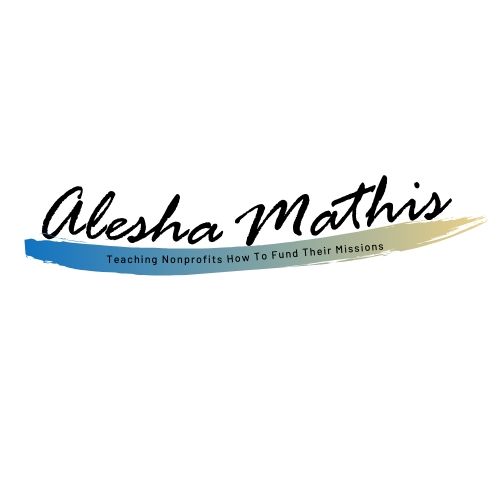
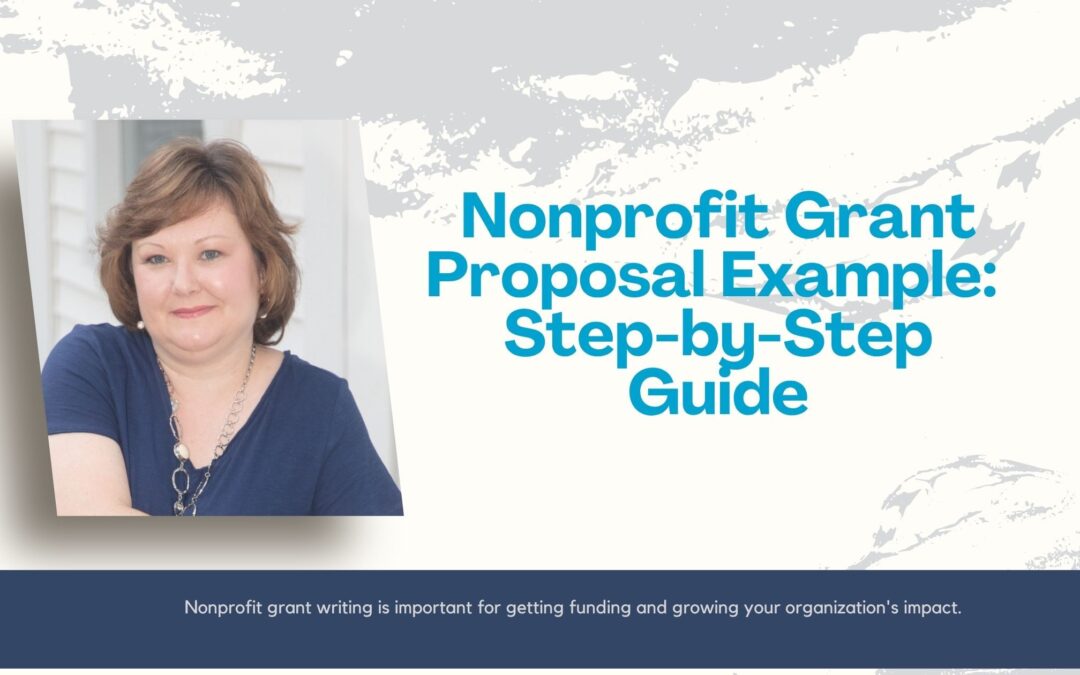


Recent Comments